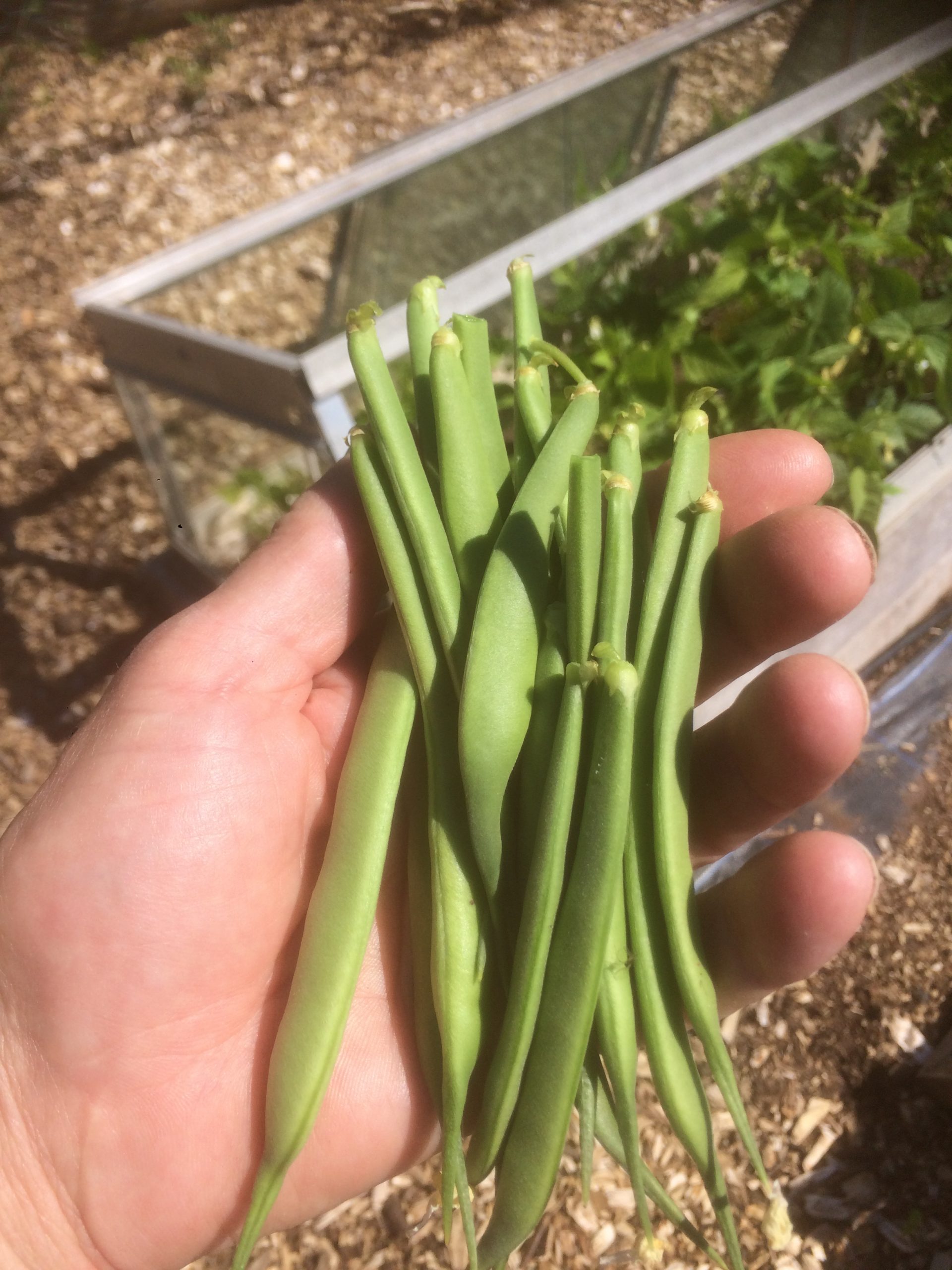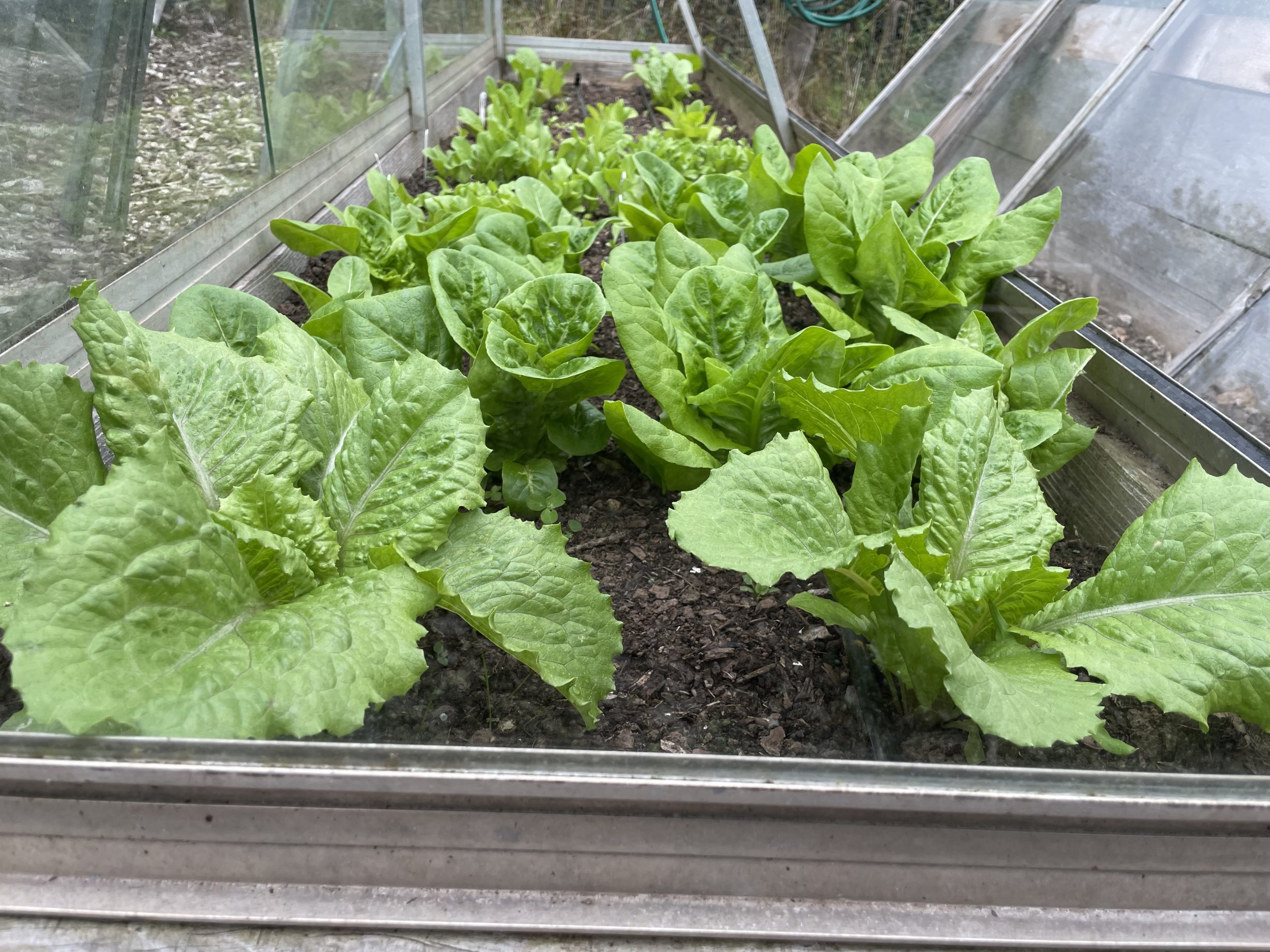We can grow delicious vegetables pretty much anywhere and at virtually no cost, If you would like to grow a few veggies in a corner of your back yard but have no experience or knowledge here you will find tips and suggestions which require spending nothing or almost nothing to grow a few peas, dwarf French beans and lettuce.


Anyone who has even the roughest patch of garden, however large or small, can easily grow a few delicious, healthy vegetables. I am doing this myself to demonstrate how easy and trouble free it can be. The first thing to do is select a site. Ideally you want to grow your vegetables in the sunniest and warmest part of your garden.. However, even if the ground is shaded you can still grow lots of great veg.
If you have never grown any veg before, my advice would be to start with just a small patch which you can expand as and when you feel able to and most importantly, when you are enjoying the experience of growing some of your own food! You will be amazed at how much you can grow in a small space. If you can cover a piece of ground 1 metre by 2 metres that will be an ideal start.
The most important part of growing food is the soil. Even the poorest of soil will grow something. Gardeners like to add organic material such as manure or compost to improve the soil and fertilisers like fish, blood and bone. But it you don’t have any of these things it really doesn’t matter. Improving one’s soil is an ongoing process and the very act of growing vegetables will help to improve the soil anyway. Making your own compost from garden waste and vegetable peelings and leftovers costs nothing and is very easy. If your patch is full of stones or rubble and you are able to remove the worst of it, then please do. If the ground is very weedy, especially if you have perennial weeds like nettles, docks, dandelions and brambles growing in it, then you will need to remove as much of these as you can before you put down a mulch of cardboard. If your patch is just a neglected bit of your garden you might like to trim any weeds or grass – if necessary using some old scissors if you don’t have shears or a strimmer – but worry not. The most important thing is to exclude all light, which will stop all but the most persistent of weeds from growing. This preparatory work done, there is nothing more you need to do to the ground until you want to plant out in late spring and early summer.
So what are you going to grow? If your new patch is in a warm and sunny spot I would recommend starting with dwarf French beans. They are ready to be harvested from as little as two months after sowing; are heavy cropping and very easy to grow. Beans like the soil to be warm too. If your plot is in a more shaded area then one crop that will grow quite happily is lettuce. So, whilst the cardboard is stopping the weeds and it is still cool outside, we can non the less, start off beans and/or lettuce in the house, easily and very cheaply.
Save your loo rolls as they make ideal starter pots for dwarf French beans. Also any small plastic pots and tins that normally go to recycling are ideal. A small plastic food tray that is at least 2.5cms, (1″ deep) will do for getting lettuce started and are good to hold your loo rolls in when it comes time to sow them. You will need to make a few small drainage holes in the bottom of any pots, tins and trays. I like to start peas off in egg boxes. This way you get the right spacing from the start and can keep the seeds away from hungry mice who love them!
Now for the seeds. 12 dwarf French bean plants are enough to provide several meals for a young family over 6 weeks. They will take up an area of 60 cms by 80 cms (2′ x 2’6″). A packet of dwarf French bean seed, costs between £2.50 and £3.00 contains up to 200 seeds, A packet of lettuce seeds costs under £2 and can contain as many as 1000 seeds, so one packet is enough for you and your neighbours. You can sow 20 pea seeds in an egg box. A £2.50 packet contains up to 150 seeds. Any you don’t use this year can be kept in an airtight container somewhere cool- ideally your fridge – and be used next season.
If growing lettuces, you will first need to dig up enough soil from your garden to fill a small plastic container. Remove and stones and all weeds from the soil and crumble it up as finely as you can. You only need to sow a pinch or two of seeds. Level out the soil in your tray to just below the top and sprinkle seeds very thinly on the surface When I say thinly I mean allow about roughly 1cm between each seed. lightly cover the seeds with a little more soil and gentle water. Put the tray on a warm and sunny windowsill. Keep an eye on the soil to be sure it doesn’t dry out. Equally, you don’t want it to be water-logged. Just nice and damp. Within a week you should see the first signs of seedlings emerging. What to do next will be in my next post.